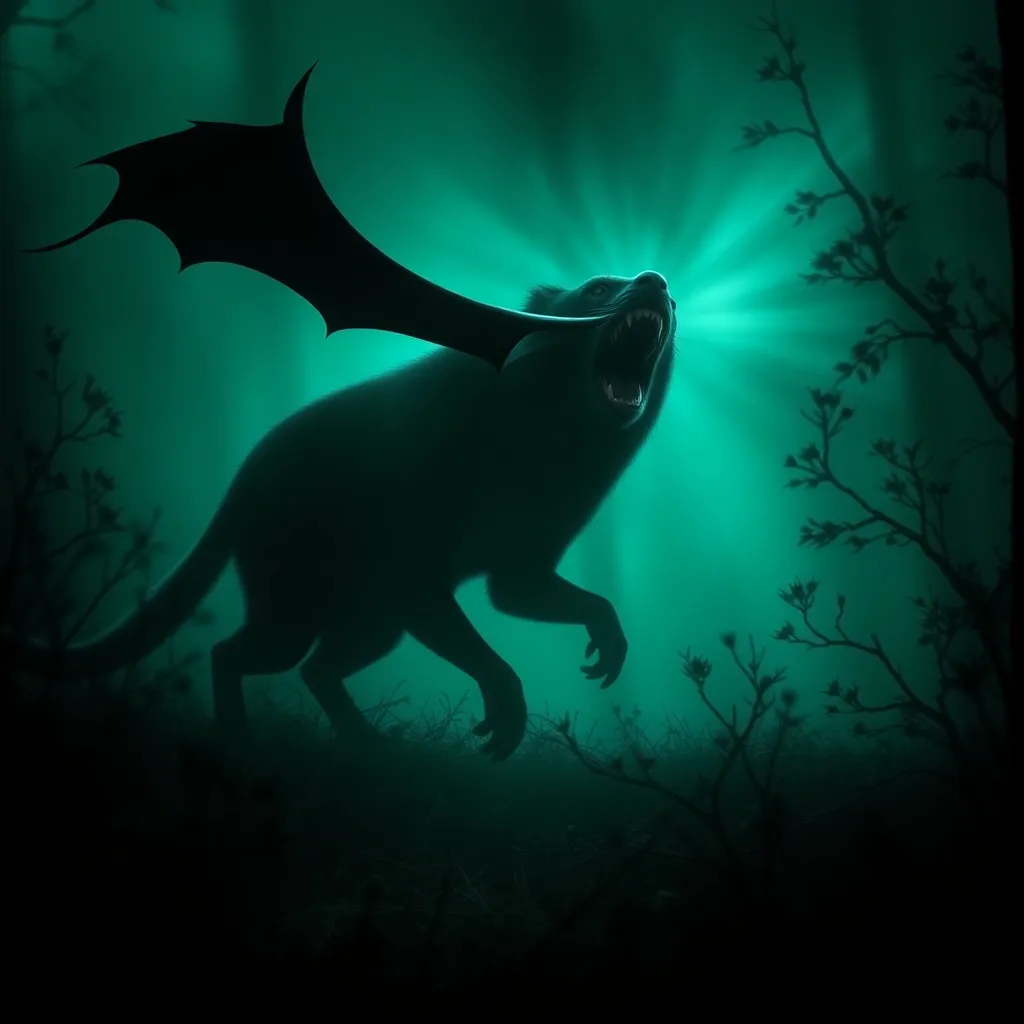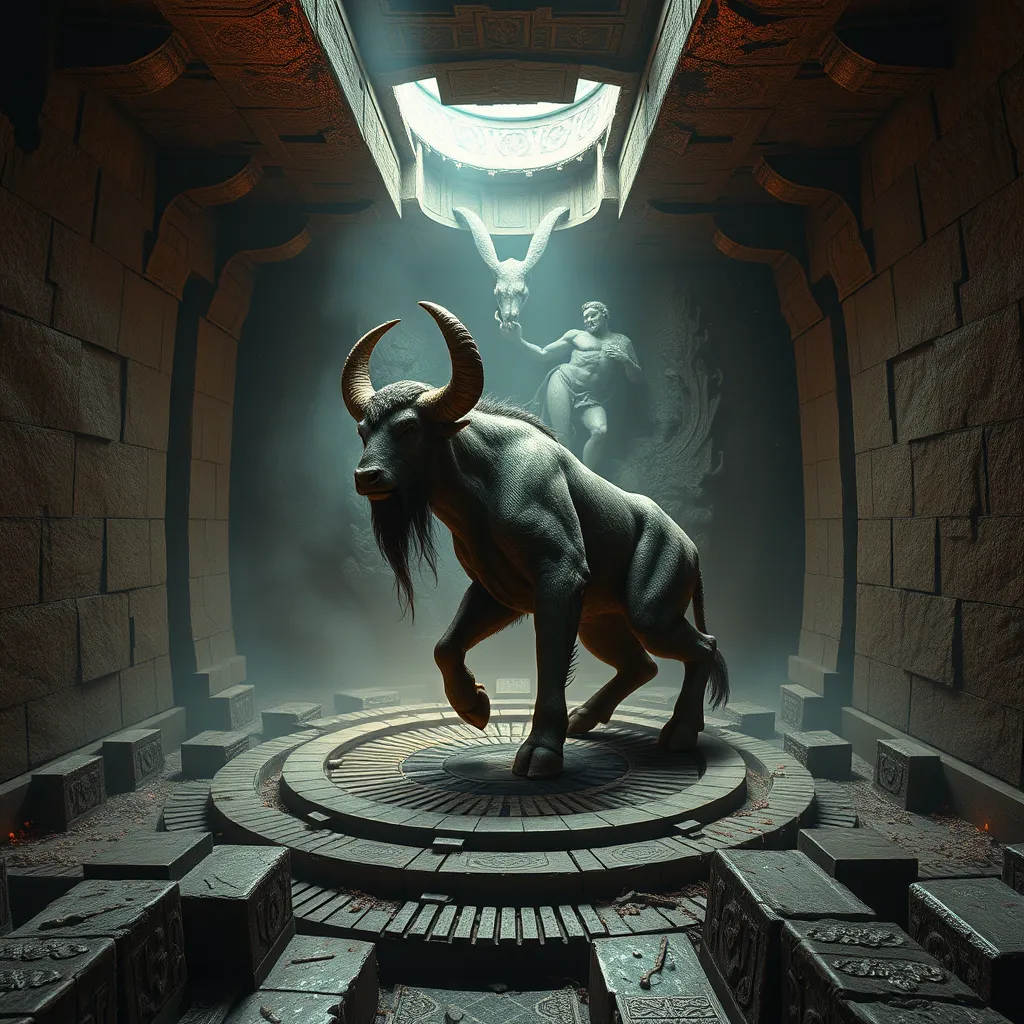Scientific Explanations for Chupacabra Sightings: Wild Animals, Disease, and Hoaxes
I. Introduction
The Chupacabra phenomenon has captivated the imagination of many since its emergence in the late 20th century. This mysterious creature, often described as a blood-sucking beast, has been the subject of various sightings and folklore across the Americas, particularly in Puerto Rico and the southwestern United States.
Understanding the Chupacabra is important not only for enthusiasts of cryptids but also for scientific inquiry into folklore and the natural world. By examining the potential explanations for these sightings, we can discern fact from fiction and appreciate the role of science in understanding such phenomena.
This article aims to explore the scientific explanations for Chupacabra sightings, focusing on wildlife misidentifications, diseases affecting animals, and the psychology behind hoaxes.
II. The Origins of the Chupacabra Legend
The legend of the Chupacabra has its roots in the cultural fabric of Latin America. First reported in Puerto Rico in the mid-1990s, the term “Chupacabra” translates to “goat-sucker,” a name derived from the creature’s supposed penchant for attacking livestock.
Major sightings and media coverage helped to solidify the Chupacabra in popular culture, leading to a plethora of reports and myths surrounding its existence. The creature’s portrayal has evolved over the years, with descriptions ranging from a reptilian creature with spikes to a dog-like figure.
III. Wildlife Misidentification
One of the primary scientific explanations for Chupacabra sightings is wildlife misidentification. Many animals have been mistaken for the elusive creature, including:
- Coyotes: Often seen scavenging in rural areas, coyotes can exhibit unusual behaviors that might lead to misidentification.
- Raccoons: These nocturnal animals can appear emaciated and have a distinctive gait that may resemble descriptions of the Chupacabra.
- Foxes: Particularly those suffering from mange, foxes can lose their fur and appear alien-like.
Behavioral characteristics, such as nocturnal activity, scavenging, and unusual movements, contribute to these misidentifications. In several documented cases, animals like coyotes and raccoons have been reported as Chupacabras when they were actually suffering from illness or injury.
For example, a coyote found in Texas in 2007 was initially reported as a Chupacabra. Upon examination, it was revealed to be suffering from sarcoptic mange, which caused its hair loss and gaunt appearance.
IV. Disease and Its Role in Chupacabra Sightings
Disease plays a significant role in the appearance and behavior of wildlife, which can lead to Chupacabra sightings. Some diseases that affect animals include:
- Sarcoptic mange: This skin disease caused by mites leads to severe itching and hair loss, resulting in a skeletal appearance that can be mistaken for a cryptid.
- Rabies: Infected animals may exhibit erratic behavior, which can contribute to misidentification as a mythical creature.
Diseases can drastically alter an animal’s appearance and behavior, leading observers to conclude they are witnessing something extraordinary. Documented instances of diseased animals, such as the aforementioned coyote, have been linked to Chupacabra reports, shedding light on the reality behind these sightings.
V. The Psychology of Hoaxes
Hoaxes have also played a crucial role in the Chupacabra phenomenon. Motivations behind creating these hoaxes can vary, including:
- Attention-seeking: Individuals may wish to gain fame or notoriety.
- Entertainment: Some may engage in hoaxes as a form of amusement or social commentary.
- Financial gain: Selling stories or merchandise related to the Chupacabra can be lucrative.
Famous hoaxes, such as the “Montana Chupacabra” in 2004, have significantly impacted public perception and fueled further interest in the creature. Social media has amplified the reach of these hoaxes, allowing myths to spread rapidly and reach wider audiences.
VI. The Intersection of Folklore and Science
Folklore has a profound influence on scientific inquiry, shaping the way we perceive and investigate cryptids like the Chupacabra. The importance of skepticism in evaluating claims cannot be overstated. Critical thinking enables researchers to separate myth from reality and explore the natural explanations behind sightings.
Scientific studies on cryptids and folklore have emerged, providing insights into how cultural narratives shape our understanding of the world. Researchers can utilize folklore as a lens through which to examine human-animal interactions and the ecological impact of myths.
VII. The Future of Chupacabra Research
Current trends in cryptozoology and wildlife research are evolving, with new discoveries and technological advancements paving the way for deeper insights into cryptids. The potential for new findings is immense, as scientists harness tools like DNA analysis and advanced imaging techniques.
Interdisciplinary approaches, combining ecology, sociology, and anthropology, are essential for a comprehensive understanding of phenomena like the Chupacabra. By collaborating across fields, researchers can develop a multifaceted perspective on folklore and its implications for wildlife conservation.
VIII. Conclusion
In summary, the Chupacabra is a fascinating case study in the intersection of myth, wildlife, and human psychology. Understanding the origins of the legend, the role of wildlife misidentifications, diseases, and the impact of hoaxes provides a clearer picture of this phenomenon.
Separating myth from reality is crucial for both scientific inquiry and cultural understanding. As we continue to explore the Chupacabra phenomenon, it is imperative to encourage ongoing scientific exploration of folklore and cryptids, fostering a deeper appreciation for the natural world and the stories that shape our perceptions.



